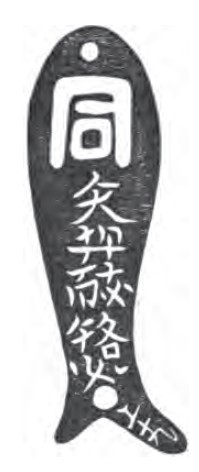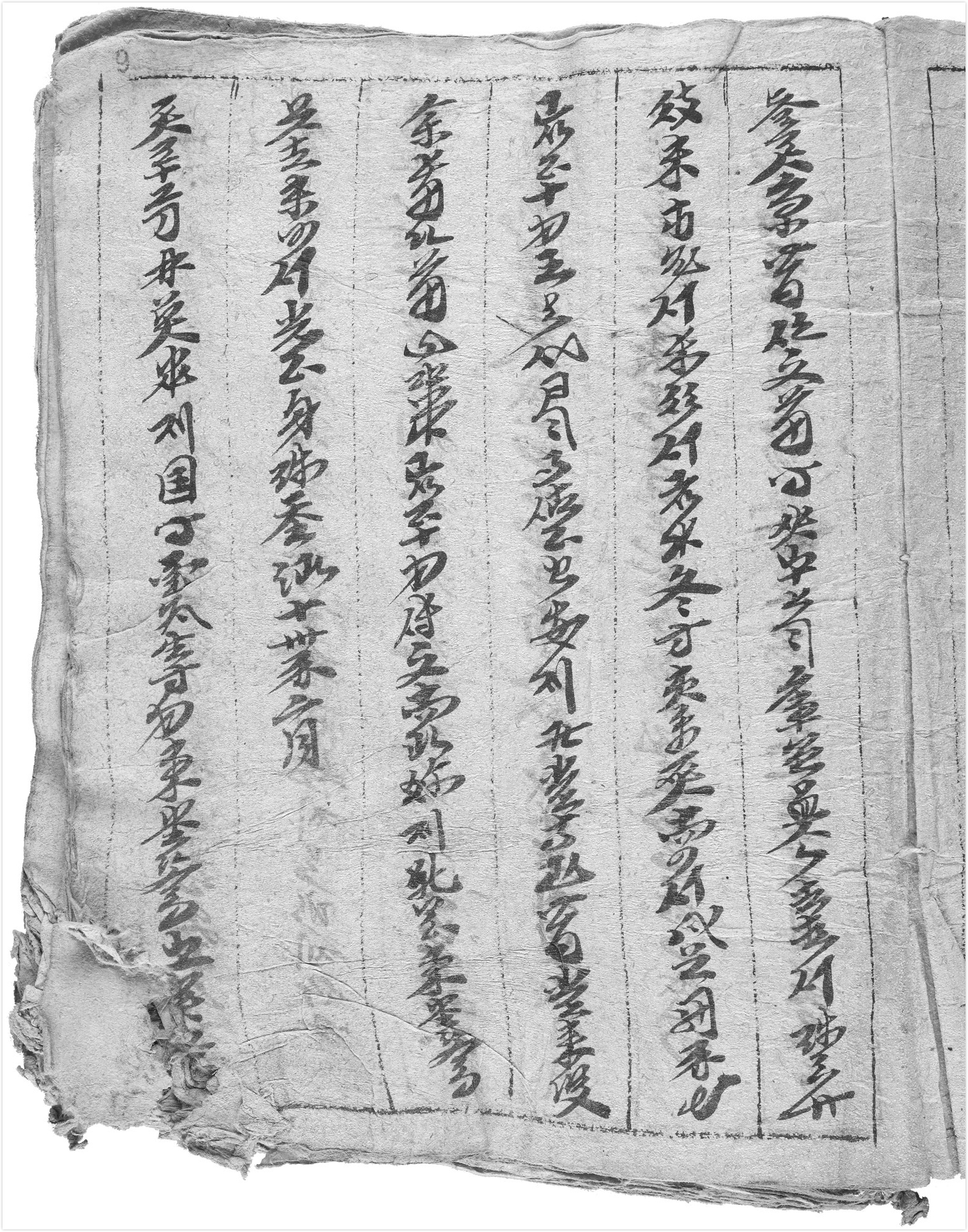|
Khitan Scripts (other)
Khitan scripts may refer to one of two mutually exclusive scripts used by the Khitan people during the 10th-12th centuries: *Khitan small script, invented in about 924 or 925 CE by a scholar named Diela *Khitan large script The Khitan large script () was one of two writing systems used for the now-extinct Khitan language (the other was the Khitan small script). It was used during the 10th–12th centuries by the Khitan people, who had created the Liao Empire in nor ..., introduced in 920 CE by Abaoji, founder of the Liao Dynasty See also * List of Khitan inscriptions {{disambiguation Undeciphered writing systems ... [...More Info...] [...Related Items...] OR: [Wikipedia] [Google] [Baidu] |
Writing System
A writing system is a method of visually representing verbal communication, based on a script and a set of rules regulating its use. While both writing and speech are useful in conveying messages, writing differs in also being a reliable form of information storage and transfer. Writing systems require shared understanding between writers and readers of the meaning behind the sets of characters that make up a script. Writing is usually recorded onto a durable medium, such as paper or electronic storage, although non-durable methods may also be used, such as writing on a computer display, on a blackboard, in sand, or by skywriting. Reading a text can be accomplished purely in the mind as an internal process, or expressed orally. Writing systems can be placed into broad categories such as alphabets, syllabaries, or logographies, although any particular system may have attributes of more than one category. In the alphabetic category, a standard set of letters represent ... [...More Info...] [...Related Items...] OR: [Wikipedia] [Google] [Baidu] |
Khitan People
The Khitan people ( Khitan small script: ; ) were a historical nomadic people from Northeast Asia who, from the 4th century, inhabited an area corresponding to parts of modern Mongolia, Northeast China and the Russian Far East. As a people descended from the proto-Mongols through the Xianbei, Khitans spoke the Khitan language, a Para-Mongolic language related to the Mongolic languages. During the Liao dynasty, they dominated a vast area of Siberia and Northern China. After the fall of the Liao dynasty in 1125 following the Jurchen invasion, many Khitans followed Yelü Dashi's group westward to establish the Qara Khitai or Western Liao dynasty, in Central Asia, which lasted nearly a century before falling to the Mongol Empire in 1218. Other regimes founded by the Khitans included the Northern Liao, Eastern Liao and Later Liao in China, as well as the Qutlugh-Khanid dynasty in Persia. Etymology There is no consensus on the etymology of the name of Khitan. The ... [...More Info...] [...Related Items...] OR: [Wikipedia] [Google] [Baidu] |
Khitan Small Script
The Khitan small script () was one of two writing systems used for the now-extinct Khitan language (the other was the Khitan large script). It was used during the 10th–12th century by the Khitan people, who had created the Liao Empire in present-day northeastern China. In addition to the small script, the Khitans simultaneously also used a functionally independent writing system known as the Khitan large script. Both Khitan scripts continued to be in use to some extent by the Jurchens for several decades after the fall of the Liao dynasty, until the Jurchens fully switched to a script of their own. Examples of the scripts appeared most often on epitaphs and monuments, although other fragments sometimes surface. History The Khitan small script was invented in about 924 or 925 CE by a scholar named Yelü Diela. He drew his inspiration from "the Uyghur language and script", which he was shown by a visiting Uyghur ambassador at the Khitan court. For this reason, Khitan small script ... [...More Info...] [...Related Items...] OR: [Wikipedia] [Google] [Baidu] |
Khitan Large Script
The Khitan large script () was one of two writing systems used for the now-extinct Khitan language (the other was the Khitan small script). It was used during the 10th–12th centuries by the Khitan people, who had created the Liao Empire in north-eastern China. In addition to the large script, the Khitans simultaneously also used a functionally independent writing system known as the Khitan small script. Both Khitan scripts continued to be in use to some extent by the Jurchens for several decades after the fall of the Liao dynasty, until the Jurchens fully switched to a script of their own. Examples of the scripts appeared most often on epitaphs and monuments, although other fragments sometimes surface. History Abaoji of the Yelü clan, founder of the Khitan, or Liao, dynasty, introduced the original Khitan script in 920 CE. The "large script", or "big characters" (), as it was referred to in some Chinese sources, was established to keep the record of the new Khitan sta ... [...More Info...] [...Related Items...] OR: [Wikipedia] [Google] [Baidu] |
List Of Khitan Inscriptions
The list of Khitan inscriptions comprises a list of the corpus of known inscriptions written in the Khitan large script and the Khitan small script. These two scripts were used by the Khitan people in northern China during the 10th through 12th centuries for writing the extinct Khitan language. The Khitan language was in use during the Liao dynasty (916–1125), the Western Liao dynasty (1124–1218) and the Jin dynasty (1115–1234), but the last recorded Khitan speaker, Yelü Chucai, died in 1243, and the language probably became extinct soon afterwards. There are no surviving examples of printed texts in the Khitan language, and aside from five example Khitan large characters with Chinese glosses in a book on calligraphy, ''Shūshǐ Huìyào'' (書史會要), written by Tao Zongyi (陶宗儀) in the mid 14th century, there are no Chinese glossaries or dictionaries of Khitan. The Khitan language is therefore little understood, and the two Khitan writing systems are only parti ... [...More Info...] [...Related Items...] OR: [Wikipedia] [Google] [Baidu] |




